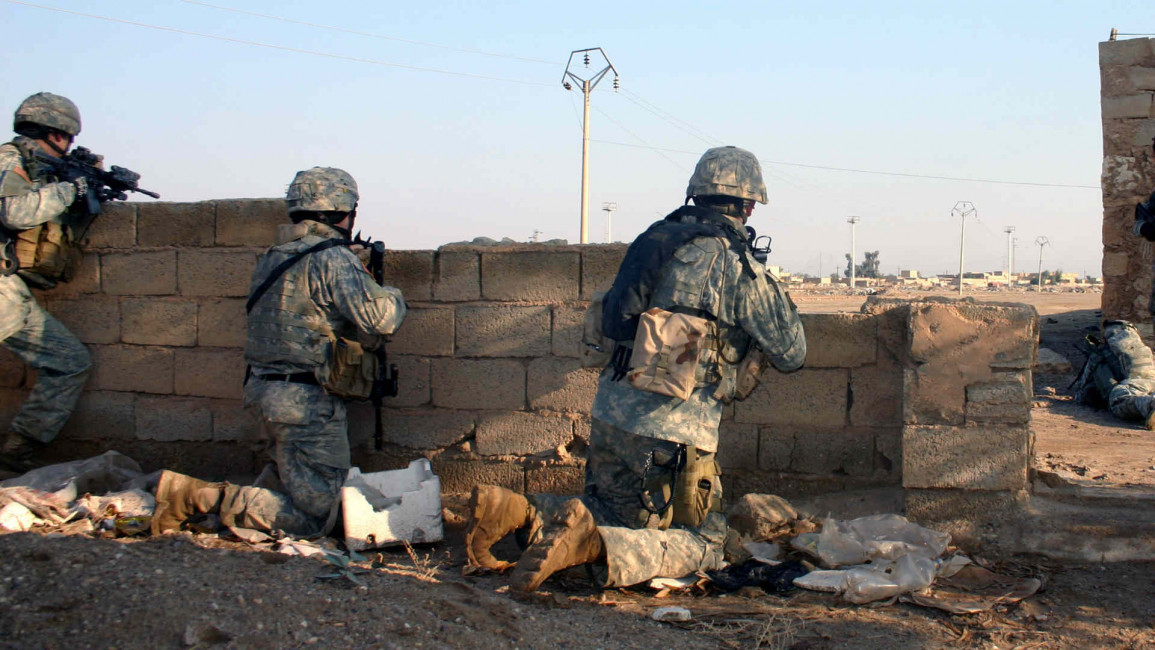US to deploy 1,500 more troops to Middle East due to 'Iran threat'
The US announced on Friday that it will deploy hundreds more troops to the Middle East, after a "campaign" of alleged Iranian attacks in the Gulf region.
President Donald Trump told reporters that the 1,500 new troops for the region would have a "mostly protective" role but follows a huge military build-up in the region following alleged attacks on shipping which have been linked to Iran.
"We want to have protection in the Middle East," Trump told reporters as he prepared to set off on a trip to Japan.
"We're going to be sending a relatively small number of troops, mostly protective. It'll be about 1,500 people."
In early May, the US sent an aircraft carrier and B-52 bombers to the Middle East in a show of force against Iran, alleging that Tehran was planning attacks in the region.
Meanwhile the Trump administration said on Friday that it will bypass congressional restrictions to sell arms to Saudi Arabia, a close US ally and Iran's arch-enemy in the region.
President Donald Trump, who approved the deployment of the troops, called it "protective".
"We want to have protection in the Middle East," Trump told reporters.
"We're going to be sending a relatively small number of troops, mostly protective," Trump added. "It'll be about 1,500 people."
|
|
The new troops will be include reconnaissance aircraft and fighter jets personnel and engineers. Six hundred of the personnel will also man Patriot missile defence battalion that have been widely deployed across the region.
The Pentagon says the move comes after multiple threatening actions and by Iranian forces, the Iranian Revolutionary Guard Corps, and "proxy" forces.
The first threat came at the start of May, according to Rear Admiral Michael Gilday, director of the Pentagon's Joint Staff.
The US caught the IRGC attempting to covertly deploy "modified dhows capable of launching cruise missiles", he said, referring to small traditional boats.
"We view this as a campaign," Gilday told reporters.
The moves "are all part of a dangerous and escalatory strategy by Iran to threaten global trade and to destabilize the region".
"We believe with a high degree of confidence that this stems back to the leadership of Iran at the highest levels, and that all of the attacks... have been attributed to Iran through their proxies or their forces," Gilday said.
Despite this, Trump sounded cautious on Friday and downplayed the threat.
"Right now, I don't think Iran wants to fight and I certainly don't think they want to fight with us," he said.
The US will move towards a greater protection force in the Middle East and Afghanistan to 70,000 troops in an apparent message to Iran to refrain from attacks.


![President Pezeshkian has denounced Israel's attacks on Lebanon [Getty]](/sites/default/files/styles/image_684x385/public/2173482924.jpeg?h=a5f2f23a&itok=q3evVtko)



 Follow the Middle East's top stories in English at The New Arab on Google News
Follow the Middle East's top stories in English at The New Arab on Google News


